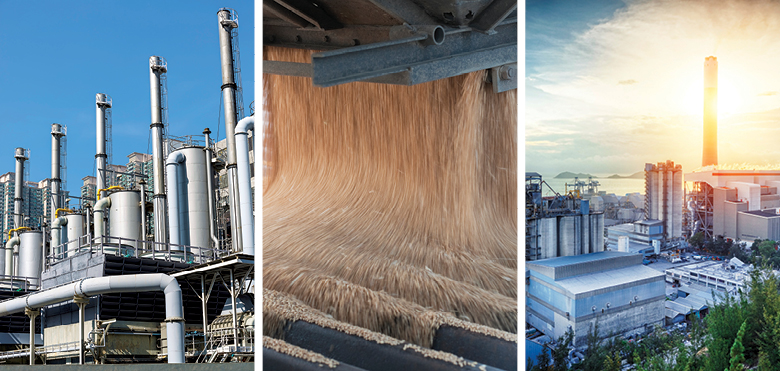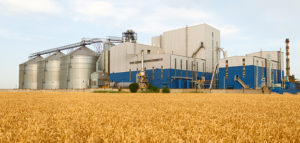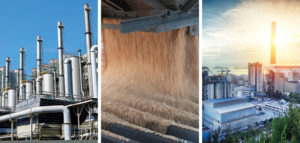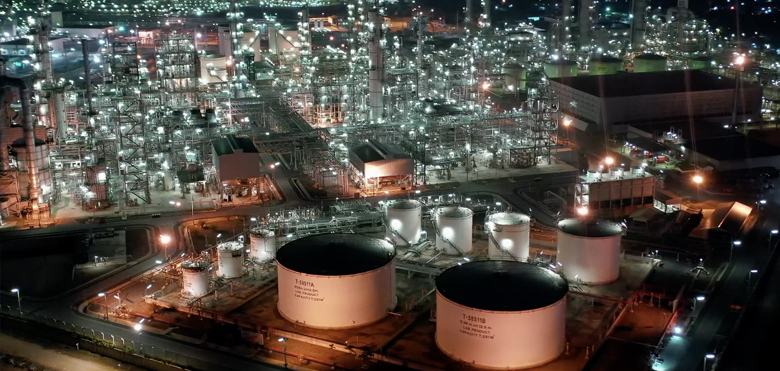Explosion-protected cameras, explosion-proof cameras and flame-proof cameras. What’s the difference?
We’ll admit it, the technology industry can be terrible for creating jargon which almost seems designed to confuse rather than bring clarity. In our area of the sector, a question we’re often asked is: “What’s the difference between an explosion-protected camera, an explosion-proof camera and a flame-proof camera?”
In truth, the answer is: “Not very much.” All three terms essentially mean the same, and describe cameras that are designed to mitigate any risk of the camera itself causing an explosion.
Clarity, not confusion, in explosion-protection
We can understand the confusion. “Explosion-proof” could be misunderstood as a camera designed to withstand an explosion and keep operating should one occur (and similarly “flame-proof” could risk a similar misunderstanding). But given the difference in the types and scale of explosions and fires, this would be an incredibly difficult thing to guarantee. In addition, even if a camera were able to withstand an explosion, whatever it was mounted to might not, which would somewhat negate the benefit.
This is why, at Axis, we use the term explosion-protected camera.
Explosion prevention rather than cure
Environments where there’s a genuine risk of explosion are probably more common than you might think. From the oil and gas sector to farming and food production; from industrial chemicals to timber, hazardous environments where the risk of flammable liquids, gases and dust being ignited require constant surveillance and monitoring.
An explosion in such environments can occur when a source of ignition meets the flammable substance, and a spark from any electronic device could potentially be the ignition for a catastrophic explosion. Therefore explosion-protected cameras are enclosed in heavy-duty casings, typically made of stainless steel or aluminum, which are certified to protect against any spark being emitted from the camera.
This can be where another misunderstanding of safety terminology comes. The term ‘intrinsic safety’ is often used when talking about explosion-protected devices. The full term – ‘Ex i Intrinsic Safety’ – refers to a specific explosion-protection approach in which the electrical energy within the equipment is restricted to a level below that which might cause a spark or to limit the heat in the device. Typically, however, surveillance cameras are too complex and require too much power to use such an approach. In these cases, ‘Ex d’ is the approach to explosion-protection, where the device enclosure provides the protection.
We do think it’s unlikely that the surveillance industry will start using our explosion-protected terminology as a global standard as geographic location does impact the terminology used. The National Electrical Code defines explosion-proof as the term used in North America, whereas flame-proof is the term used in the IECEx system (and thus the ATEX Directive in the European Union). However, what we can all agree on is that greater understanding of the benefits of explosion-protected devices can only be a positive thing.
More information about Axis explosion-protected cameras can be found here.




